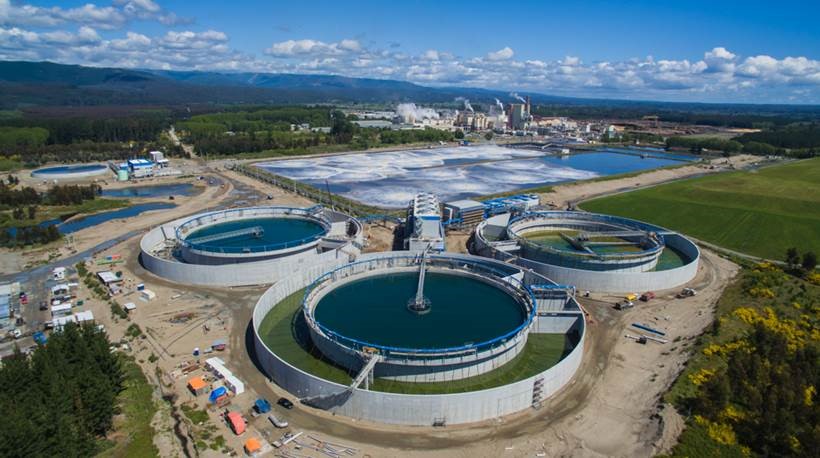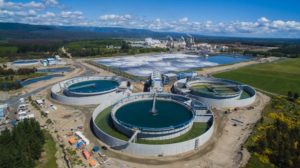ARAUCO approves the construction of MAPA, the largest investment in the company’s history
Others- This US$2,350 million investment is estimated to be operational in late March 2021.
- This new stage reaffirms the commitment to the commune and the province, with a project that will drive employment and development, contributing to the local economy’s vitality.
Today, ARAUCO’s Board of Directors approved the modernization and extension of Arauco Mill, an initiative that involves a US$2,350 million investment, the largest investment in the company’s history.
This new stage of the project, which started in 2012 and was marked by joint work and an extended participatory process with the community, will renew and increase efficiency and production, in addition to strengthen ARAUCO’s competitiveness and leadership in global markets.
At the production level, the project includes the termination of line 1, the modernization of current production line 2 and the construction of a new production line (Line 3), with an annual capacity of 1,560,000 tons, increasing annual pulp production at the complex by an estimated 2,100,000 tons.
In addition, project MAPA (Spanish acronym for Modernization and Extension of Arauco Mill project) will allow the company to continue to generate clean and renewable energy from forest biomass, due to the construction of a new cogeneration boiler. In addition to supplying clean energy to the mill, an energy surplus of 166 MW will be delivered to the National Electrical Grid (SEN in Spanish), through a power line whose construction is part of the project.
Also included in the project is the implementation of a training and education program to support the creation of about 4,000 to 5,000 jobs during construction work, with a maximum of 8,000. Once construction is over, an estimated 1,000 job positions will be created, mainly in services and forestry activities. The purpose is to contribute to employment and invigorate local economy and development.
Additionally, the project includes a new wastewater treatment system that started construction in 2015, with an additional investment of US$120 million. This system is 99% completed and will provide service to the current facilities and future line 3.
Charles Kimber, ARAUCO’s Senior Vice-President of Commercial & Corporate Affairs said, “we’re very proud of this project’s materialization, because it accounts for the extensive and positive work that we’ve developed with the community and authorities”.
“This is an enormously relevant project for the country and the Biobío Region, which will modernize and increase the production efficiency of our facilities. It will also strengthen the competitiveness and leadership of ARAUCO and Chile in global markets”.
In addition, he said, “this project involves the largest investment program in the history of ARAUCO and we’ll develop it precisely in a commune where we maintain a very strong and long-lasting relationship, because this is where this company started”.
The road travelled
In 2012, ARAUCO decided that the development of MAPA had to represent a real contribution to the territory; therefore, since the beginning the project included an extensive investment program in technology, infrastructure, equipment, production development, education and culture.
In addition, an extensive citizen participation process was conducted, centered on three Open Houses where a volunteer program was developed to inform and communicate with neighbors located next to current operations and the project.
Other related projects are: the construction of Campus Arauco (a Dual Training Center developed with Duoc UC), the Arauco Cultural Center, equipment and infrastructure programs under the Indigenous Consultation process, the Ecosystem Assessment Program for the Arauco Gulf (PREGA in Spanish), the ARAUCO Housing Plan and communal initiatives agreed with the community.
Construction and operation
Even though the Modernization of Arauco Mill started in 2015 with the construction of the new wastewater treatment system, the Extension stage will begin in December this year and is estimated to start operating in late March 2021.
During this process, the company aims to create capacities, generate employment and invigorate the territory’s different production sectors, always complementing with state of the art technology and important environmental developments.



